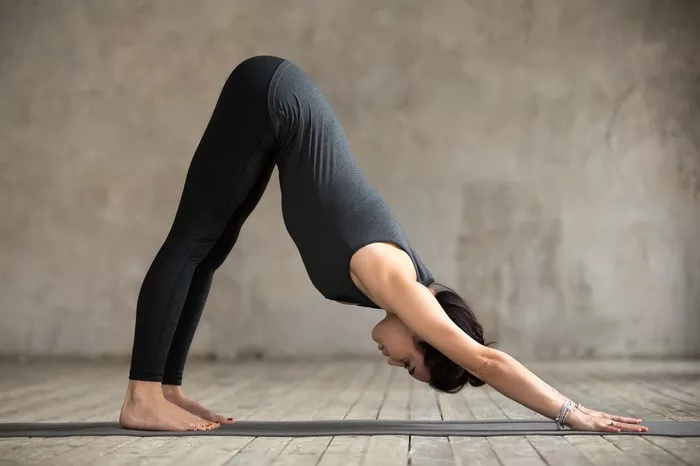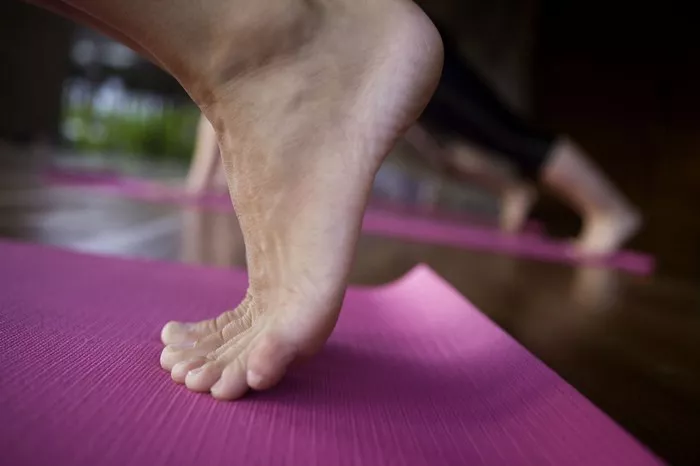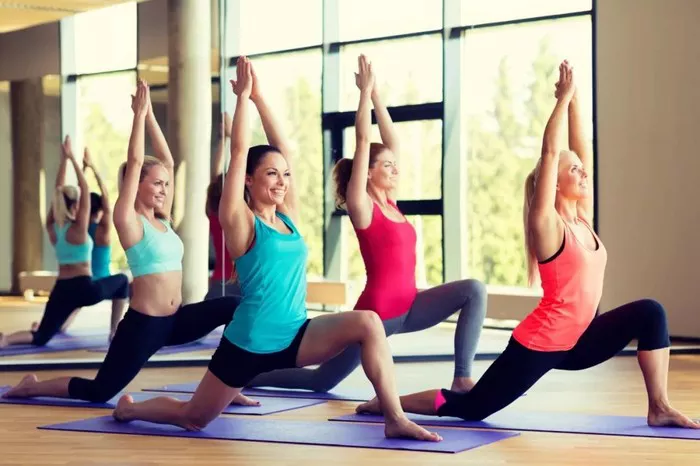Yoga, an ancient practice originating in India, has garnered immense popularity worldwide for its myriad of physical, mental, and spiritual benefits. Among its many facets, yoga poses, or asanas, form the foundation of this practice. Each pose carries its own unique significance, offering practitioners an opportunity to explore various aspects of their body, mind, and soul. From the dynamic to the restorative, the following article delves into some of the most popular yoga poses practiced globally, shedding light on their techniques, benefits, and the profound impact they can have on one’s well-being.
1. Downward-Facing Dog (Adho Mukha Svanasana)
Among the most iconic yoga poses, Downward-Facing Dog, or Adho Mukha Svanasana, holds a revered place in both traditional and contemporary yoga practices. This pose is characterized by an inverted V shape, with hands and feet grounded firmly on the mat while the hips lift towards the ceiling. Downward-Facing Dog offers a multitude of benefits, including:
- Stretching and lengthening of the spine, hamstrings, calves, and shoulders.
- Strengthening of the arms, shoulders, and wrists.
- Improvement of blood circulation throughout the body.
- Relief from mild depression, fatigue, and stress.
To perform this pose, begin on your hands and knees, aligning wrists under shoulders and knees under hips. Exhale as you lift your hips upward, straightening your arms and legs. Press firmly into your palms and heels while lengthening your spine. Hold for several breaths, then release gently.
2. Tree Pose (Vrksasana)
Vrksasana, or Tree Pose, embodies the essence of balance, stability, and rootedness. This standing pose requires practitioners to stand on one leg while the other is placed against the inner thigh or calf, with arms extended overhead or in a prayer position at the heart center. Tree Pose offers numerous benefits, including:
- Improved balance and concentration.
- Strengthening of the legs, ankles, and core muscles.
- Increased flexibility of the hips and groin.
- Calming of the mind and reduction of anxiety.
To practice Tree Pose, begin in Tadasana (Mountain Pose), rooting down through the sole of one foot. Shift your weight onto this foot and place the sole of the other foot against the inner thigh or calf, avoiding the knee joint. Find a focal point to gaze at and engage your core as you extend your arms overhead or bring them together in front of your chest. Hold for several breaths, then switch sides.
3. Warrior II (Virabhadrasana II)
Virabhadrasana II, or Warrior II Pose, embodies strength, courage, and determination. This dynamic standing pose requires practitioners to spread their legs wide apart, with one foot facing forward and the other turned perpendicular to the back edge of the mat. Arms are extended parallel to the ground, with the gaze directed over the front fingertips. Warrior II offers numerous benefits, including:
- Strengthening of the legs, arms, and core muscles.
- Improvement of hip flexibility and mobility.
- Cultivation of focus, stamina, and resilience.
- Relief from tension in the shoulders, neck, and back.
To practice Warrior II, begin in Tadasana (Mountain Pose) and step your feet wide apart, approximately 3 to 4 feet distance. Turn your right foot out 90 degrees and your left foot slightly inward. Bend your right knee to align it directly over your right ankle, keeping the left leg straight. Extend your arms parallel to the ground, with shoulders relaxed down the back. Gaze over your right fingertips and hold for several breaths before switching sides.
4. Child’s Pose (Balasana)
Balasana, or Child’s Pose, serves as a restorative and grounding posture that promotes relaxation and surrender. This gentle kneeling pose involves sitting back on the heels and folding the torso forward, resting the forehead on the mat with arms extended overhead or alongside the body. Child’s Pose offers numerous benefits, including:
- Relaxation of the spine, shoulders, and neck.
- Gentle stretching of the hips, thighs, and ankles.
- Calming of the mind and reduction of stress and anxiety.
- Promotion of deep breathing and introspection.
To practice Child’s Pose, begin on your hands and knees in Tabletop position. Bring your big toes together and sit back on your heels, spreading your knees apart hip-width distance. As you exhale, lower your torso between your thighs and extend your arms forward or alongside your body. Rest your forehead on the mat and relax deeply, focusing on your breath.
5. Corpse Pose (Savasana)
Savasana, or Corpse Pose, represents the culmination of a yoga practice, offering practitioners an opportunity for deep relaxation and integration. This reclined pose involves lying flat on the back with arms and legs extended comfortably, palms facing upwards. Savasana allows for complete surrender of body and mind, facilitating a state of deep rest and rejuvenation. Its benefits include:
- Reduction of stress, tension, and fatigue.
- Integration of the physical, mental, and emotional aspects of the self.
- Enhancement of concentration, clarity, and inner awareness.
- Promotion of better sleep and overall well-being.
To practice Savasana, lie flat on your back with legs extended and feet hip-width apart. Allow your arms to rest alongside your body, palms facing upwards, with a slight tuck of the chin towards the chest. Close your eyes and relax every part of your body, from head to toe, while focusing on your breath. Remain in this posture for several minutes, allowing yourself to experience deep relaxation and stillness.
Conclusion
The practice of yoga encompasses a vast array of poses, each offering its own unique benefits and insights. Whether you’re seeking strength, flexibility, relaxation, or inner peace, the most popular yoga poses provide a gateway to holistic well-being. By exploring and integrating these poses into your practice, you can embark on a transformative journey towards greater health, vitality, and self-discovery.























